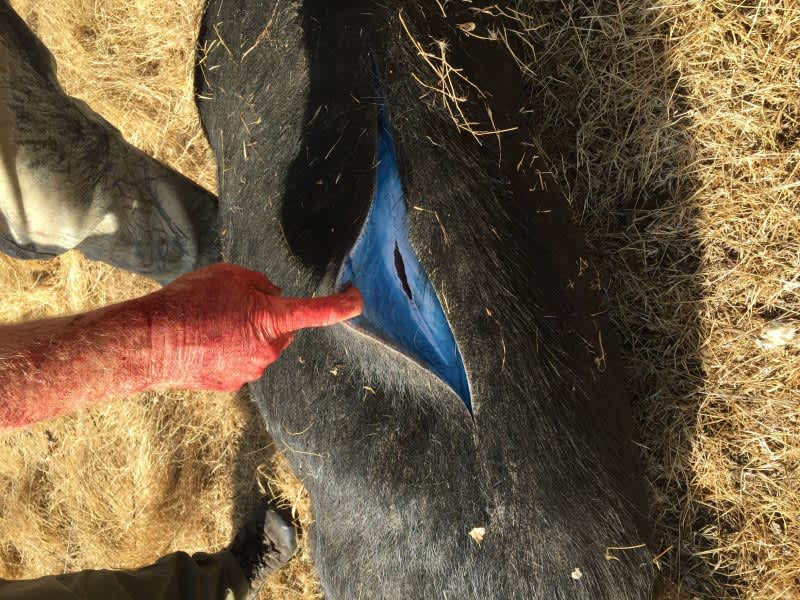Texas Ag Commissioner Approves Poison to Combat Wild Hogs, But There Could be Unintended Consequences
OutdoorHub Reporters 02.23.17

Agriculture Commissioner Sid Miller has approved the use of pesticides in the state of Texas when targeting wild pigs. Of course, this news has startled environmentalists and hunters because there are many questions to be asked about the safety of this approach.
Warfarin is the poison in question here, and it’s the same drug found in rat poison.
What happens to a hunter if they were to eat a pig that has been exposed to this poison? What about when other wildlife, such as coyotes and vultures, are feeding on the deceased pig? Those are just some of the questions that have come up with this new approval. In fact, not long ago, OutdoorHub covered a story where a family shot a wild hog on their ranch, only to discover the pigs fat was dyed a vibrant shade of blue.
On Tuesday, the Texas Agriculture Commissioner’s Office emailed CBS11 this statement:
We did not make this rule change to list warfarin as a state-limited-use pesticide without fully reviewing the data and research available on this product. Kaput Feral Hog Bait has been researched extensively and field-tested in Texas over the past decade in partnerships with various state agencies including TDA. Hogs are susceptible to warfarin toxicity, whereas humans and other animals require much higher levels of exposure to achieve toxic effects.
EPA approved Kaput Feral Hog Bait’s pesticide labeling with the signal word “Caution,” which is the lowest category of toxicity to humans requiring a signal word. Although the EPA did not list this product as a federal restricted-use product, we made the decision to list warfarin as a state-limited-use pesticide in Texas so that purchase and application is made only by educated, licensed pesticide applicators who have been trained specifically on the use of this product. The product may be only bought and used by licensed pesticide applicators when dispensed in specially-designed hog feeders that have weighted lids that only open from the bottom, making it difficult for other animals to be exposed to the bait.
Warfarin has been studied extensively in animals and is practically non-toxic to birds. Due to the insolubility of warfarin in water, there should be no impact to aquatic life. Non-target wildlife, livestock and domestic pets would have to ingest extremely large quantities over the course of several days to reach a toxic level of warfarin in the bloodstream. In the event of unintended exposure, the antidote, Vitamin K, can be administered by a veterinarian. In general, secondary exposure to other animals is low because the levels of warfarin in target animals are generally too low to be toxic to either a predator or scavenger.
Warfarin at 0.005 percent as a feral hog toxicant has been shown to have a low level of residue in hog meat, especially in muscle tissue, which is what humans typically consume. One person would have to eat 2.2 lbs of hog liver–where the warfarin is most concentrated in the body–to achieve the same exposure as a human would receive in one therapeutic dose of warfarin (current therapeutic levels range from 2 to 10 mg daily). Warfarin metabolizes and exits the body fairly quickly, so a hog that was trapped and fed for several days prior to processing would most likely not have any warfarin present at the time of slaughter.
In addition, hogs who have consumed the warfarin bait will have blue dye present in the fatty tissues as soon as 24 hours after ingestion. The dye builds up in the fatty tissue, so the more bait the hog has consumed, the brighter blue the tissues will be, signaling hunters that this hog has ingested the bait. Blue dye is present in the fat directly underneath the skin as well as in the fat deposits surrounding organs and in the aforementioned liver. All will take on the characteristic blue tint of the dye, which serves as a visual indicator of bait ingestion.

